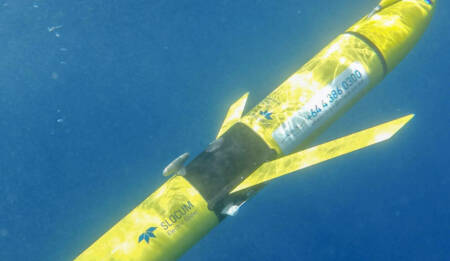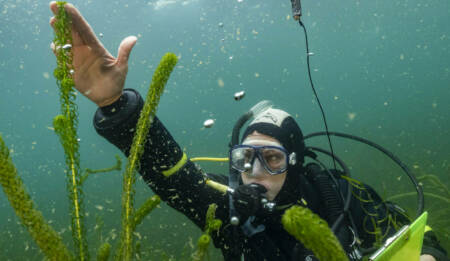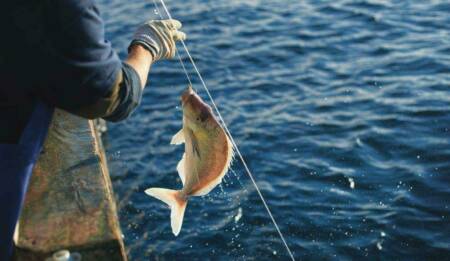Research on nurseries of young snapper in the Hauraki Gulf and East Northland
NIWA is leading research programme that aims to uncover more about what young snapper need to stay healthy and make it to adulthood in East Northland, and one of New Zealand’s most popular marine recreational areas, the Hauraki Gulf.

Background
This five-year, MBIE Endeavour Fund research programme is investigating whether the ability of marine ecosystems to support juvenile fish nurseries has been greatly reduced by human impacts, creating habitat ‘bottlenecks’ that prevent enough young fish becoming adults.
Snapper is a keystone species in the Hauraki Gulf, meaning that their numbers and size play an important role in how the coastal marine environment works. This research will identify and promote actions to reduce / remove habitat bottlenecks to increase the number of young fish making it to adulthood. It will assist in the future management of snapper in the Hauraki Gulf and East Northland.
Project details
Scientists have used multibeam echo sounders to map the seafloor where young snapper live. The maps show the habitat type, e.g. reefs, muds, sands, gravels, horse mussel bed), and the wider seafloor landscapes in which they occur. Once this mapping is complete, new habitat maps will be developed and made available for public use.
Work on subtidal seagrass meadows in East Northland estuaries that act as fish nurseries has shown that juvenile snapper can be more than 100 times more abundant and grow more than two times faster in weight, relative to other non-seagrass nursery areas. Such subtidal seagrass meadows have been historically lost from the Hauraki Gulf.
Other key nursery habitats include horse mussel beds (groups of large shellfish pointing upwards from the seafloor), areas of mud heavily pocked with large crustacean (such as crab) burrows, some sponge gardens, and possibly calcareous (calcium shell) tubeworm reef structures.
What they hope to achieve
Work is advancing on understanding what small snapper eat, and how this affects the habitats and areas they choose to live in. Zooplankton, especially tiny pelagic crustaceans called copepods, being swept past by currents are a key food item in clearer water areas. In areas where the water is much more turbid from suspended sediments, small snapper switch to benthic prey, and experience poorer health and growth. Much of this sedimentation is from run-off from human activities on land.
A computer simulation model will also be developed that brings all the scientific research evidence together to enable decision makers to try out different management scenarios in a virtual ‘What if?’ situation. The aim is to work out how environmental degradation reduces the value of juvenile fish habitats and what can be done to reverse that decline.
Resource







